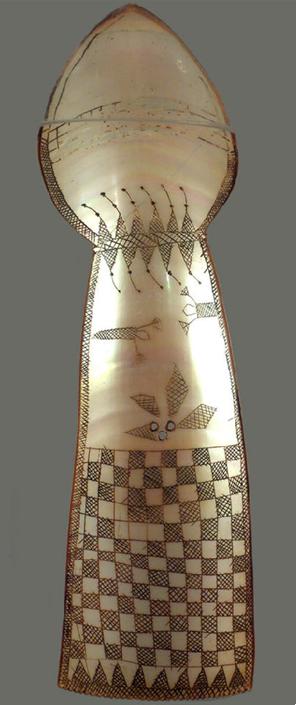- Add to Favorites
-
Your web browser does not support
Add to Favorites.
Please add the site using your bookmark menu.
The function is available only on Internet Explorer

11Story
| Sharing Cultural Memory |  |
|
|
The Dutch |
|
The Dutch arrived in 1599 and reported native discontent with Portuguese attempts to monopolise their traditional trade. After the Ambonese helped the Dutch to construct a fort at Hitu Larna, the Portuguese begun a campaign of retribution against which the Ambonese invited Dutch aid. After 1605 Frederik Houtman became the first Dutch governor of Ambon.
The Dutch East India Company was a company with three obstacles in its way: the Portuguese, controlling the aboriginal populations, and the British. Again smuggling would be the only alternative to a European monopoly. Among other events of the 17th century, the Bandanese attempted independent trade with the British, the East-India Company's response was to decimate the native population of the Banda Islands sending the survivors fleeing to other islands and installing slave labour.
Though other races re-settled the Banda Islands, the rest of Maluku remained uneasy under foreign control and even after the Portuguese had a new trading station at Macassar there were native revolts in 1636 and 1646. Under company control northern Maluka was administered by the Dutch residency of Ternate, and the southern by "Amboyna" (Ambon).
During the Japanese occupation in World War II, the Moluccans fled to the mountains but began a campaign of resistance also known as the South Moluccan Brigade. After the war's end the island's political leaders had successful discussions with the Netherlands about independence. Complicated by Indonesian demands, the Round Table Conference Agreements were signed in 1949 transferring Maluku to Indonesia with mechanisms for the islands to choose or opt out of the new Indonesia. The Agreements granted Moluccans the right to determine their ultimate sovereignty. |
| << PREVIOUS SECTION << |